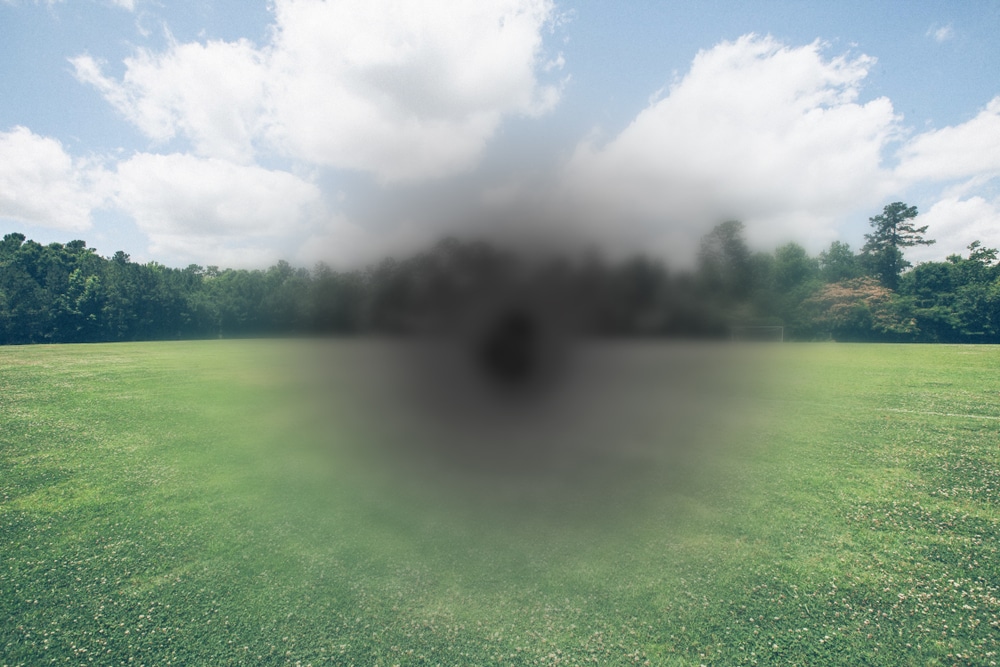Macular Hole
Most of the eye’s interior is filled with vitreous, a gel-like substance that fills about 80 percent of the eye and helps it maintain a round shape. The vitreous contains millions of fine fibers that are attached to the surface of the retina. Much like a macular pucker, a macular hole can occur when the vitreous slowly shrinks but instead of pulling away cleanly from the retina, parts of the vitreous gel remains attached. This can put traction on the macula, pulling its delicate structures apart in the center, resulting in a macular hole.
If this condition occurs, you may experience a decrease in your ability to see fine details. You may also experience cloudy or foggy vision or, in some cases, a dark spot across your vision field. Sometimes, macular holes occur as a result of injury or illness. They may also develop as a part of the aging process when the gel-like material, the vitreous fluid, pulls on the macula.

What is the treatment?
Close monitoring is the first option for treatment, because some macular holes will close on their own. If the holes are larger or do not appear to be closing on their own there are two options. The first being an injection of medication into the eye, which can help the vitreous gel to release cleanly. The second option is surgery, where any pulling on the macula is relieved and a gas bubble is placed in the eye to help the hole close. After surgery, patients are asked to look down for a several days to allow the bubble to float up against the hole. Once the body absorbs the bubble, vision is usually significantly improved.
Macular holes are a common cause of blurry or distorted central vision. If treatment or surgery by a retina specialist is needed, the results are generally quite good and lead to significant restoration of vision.
